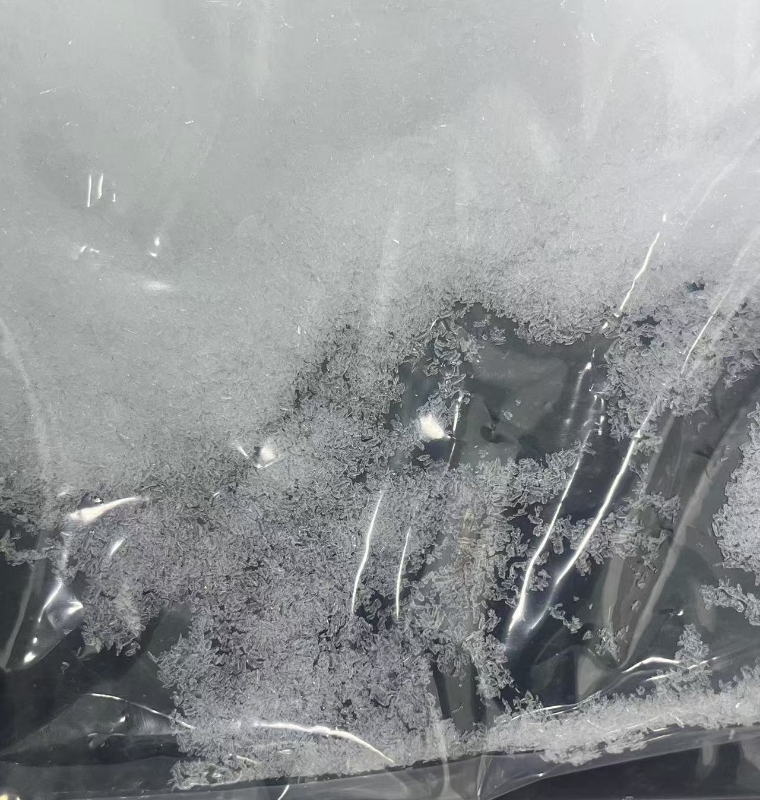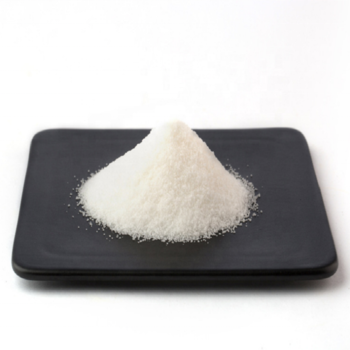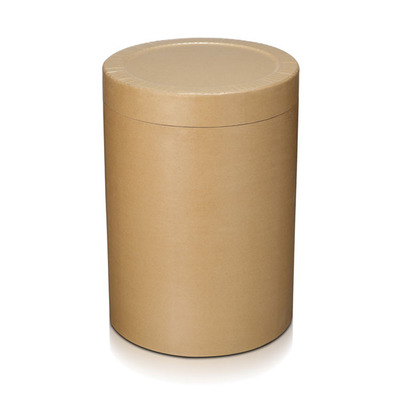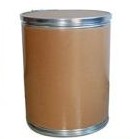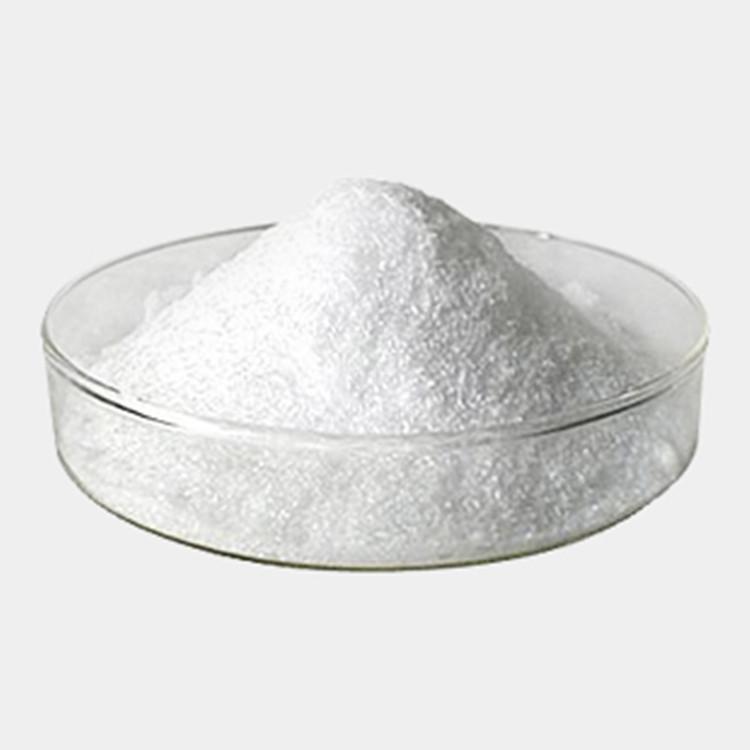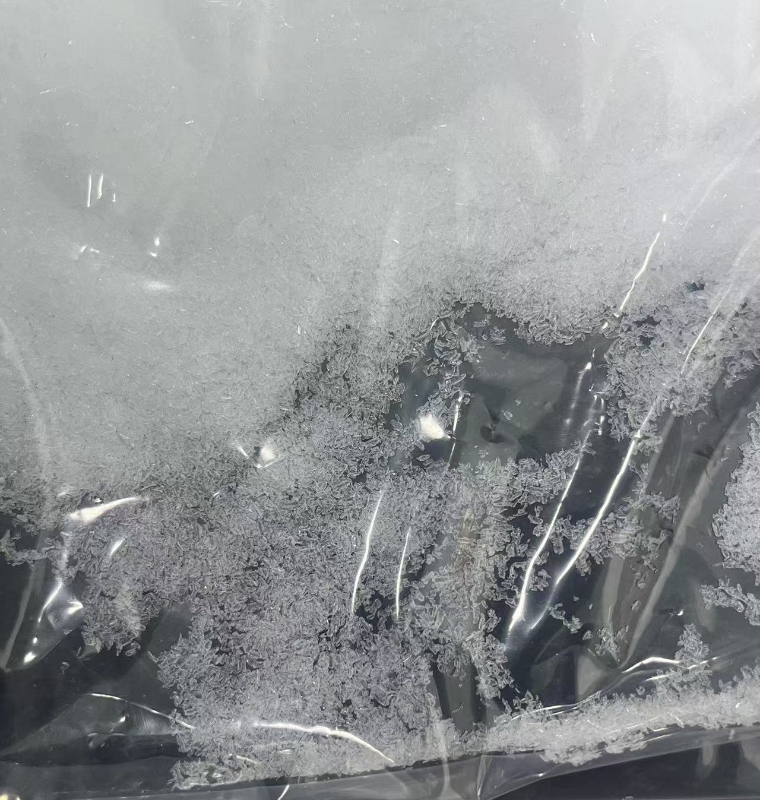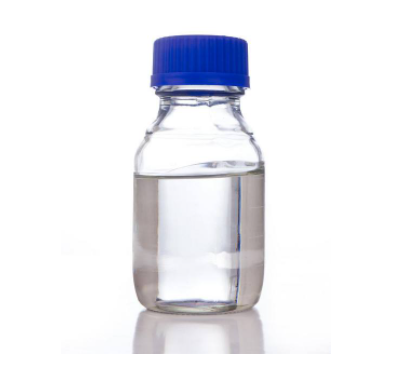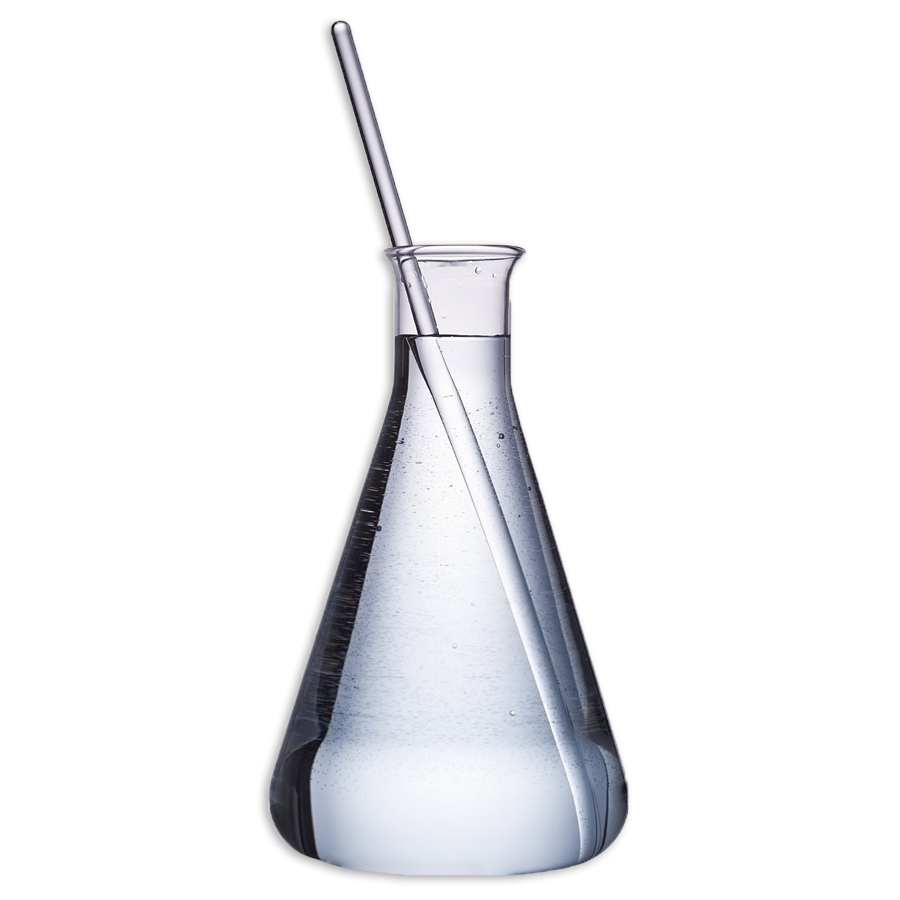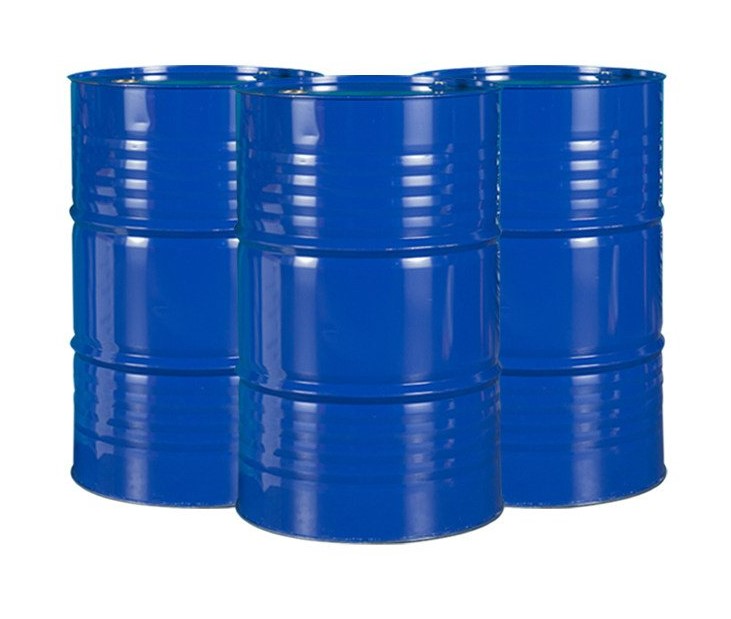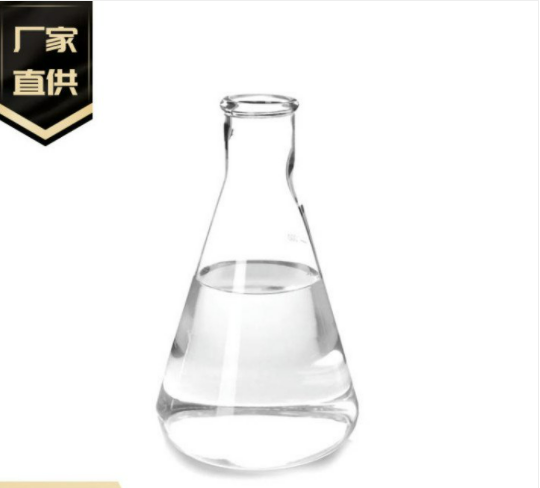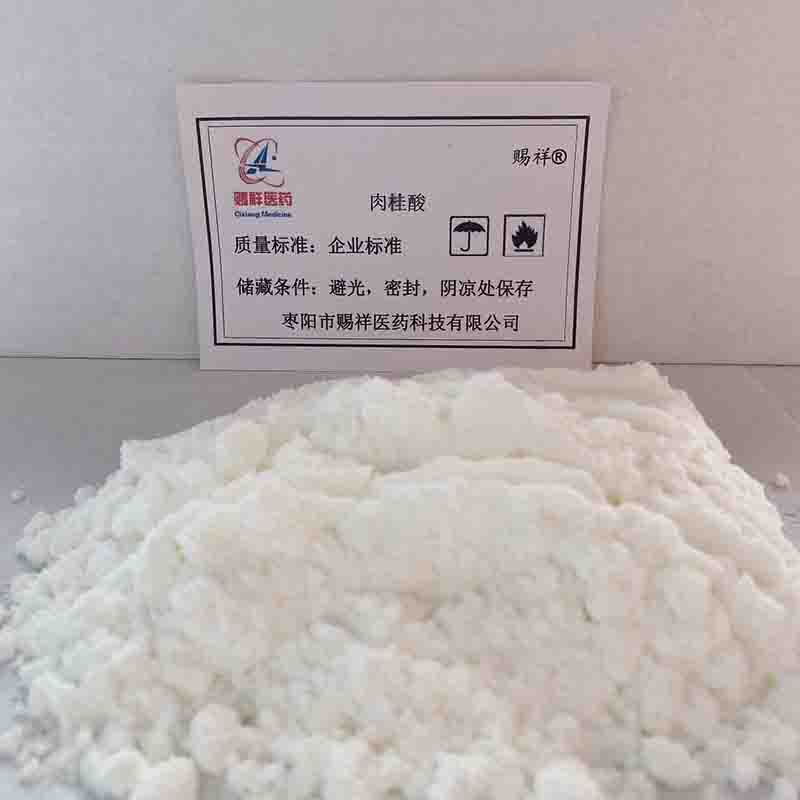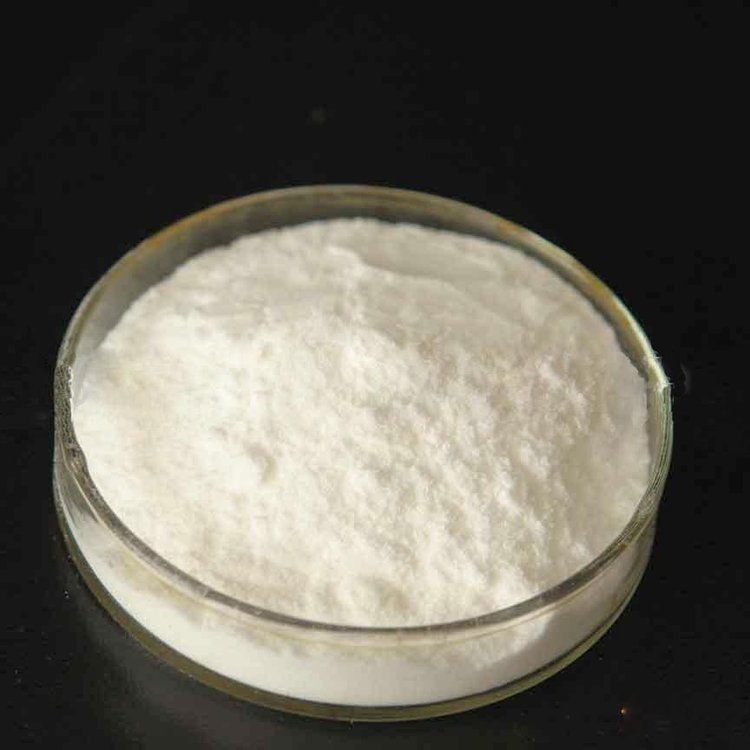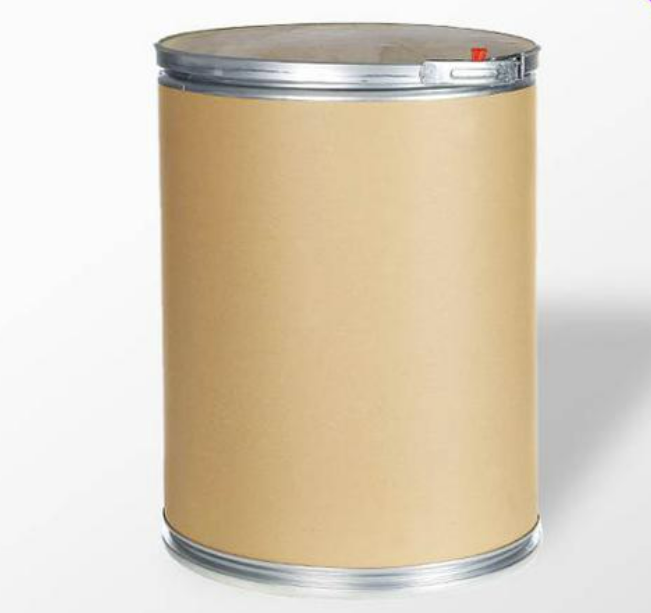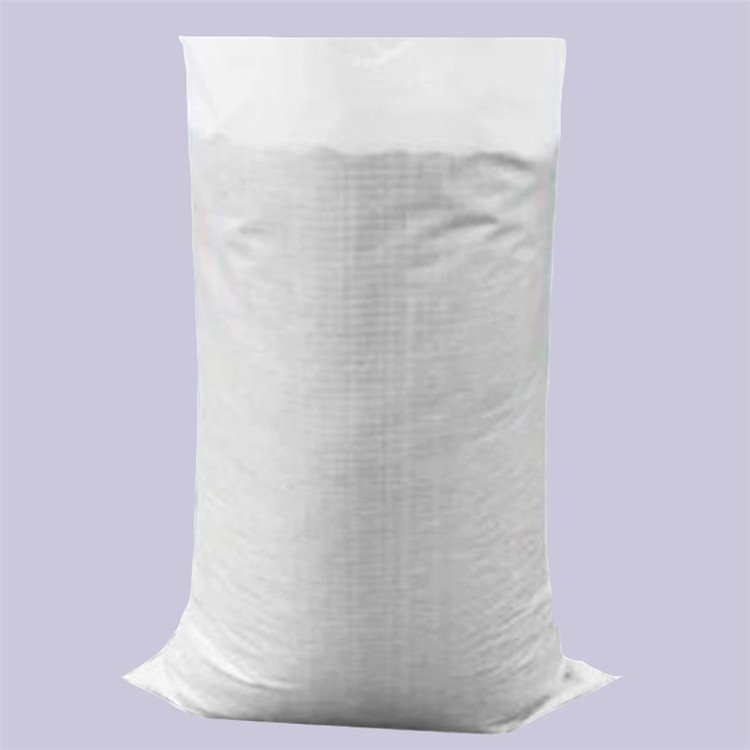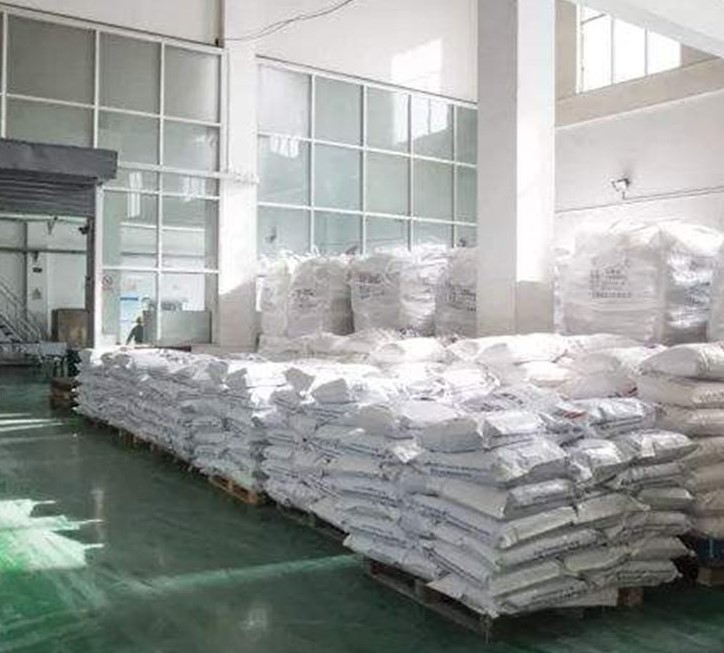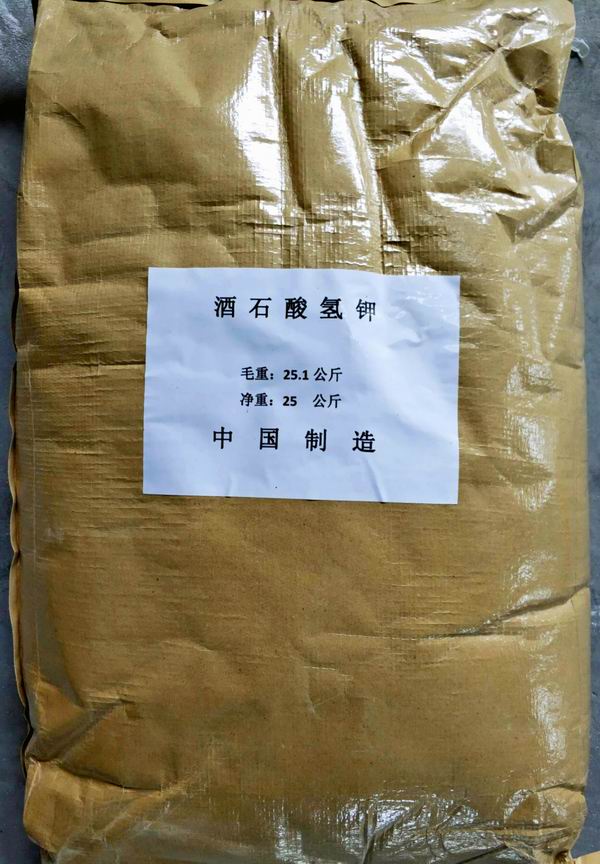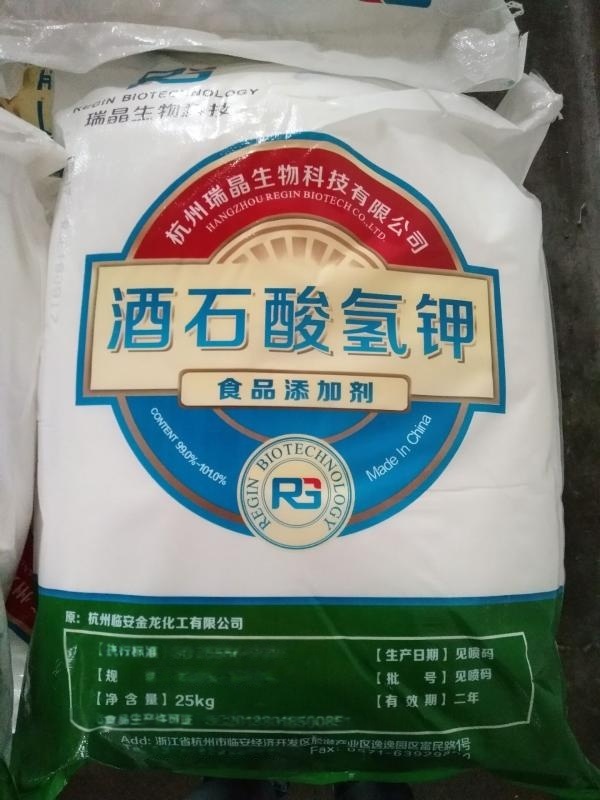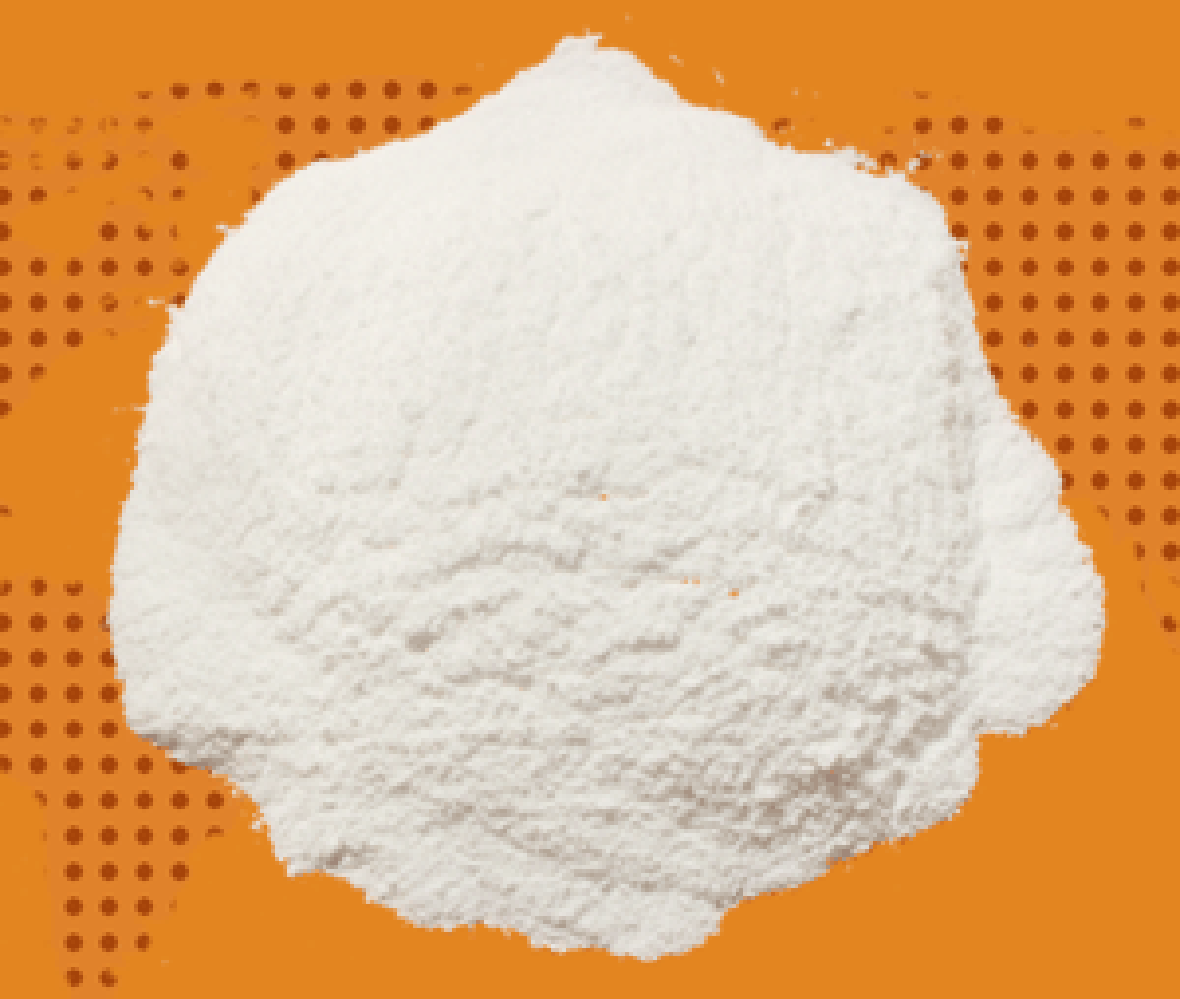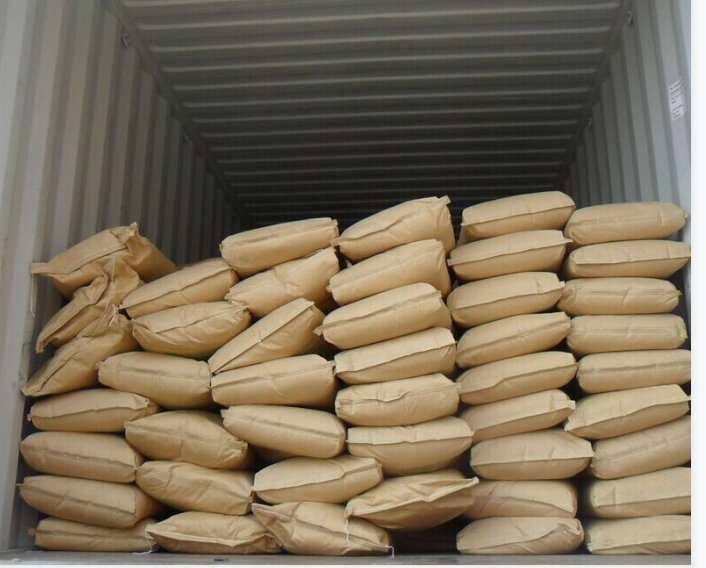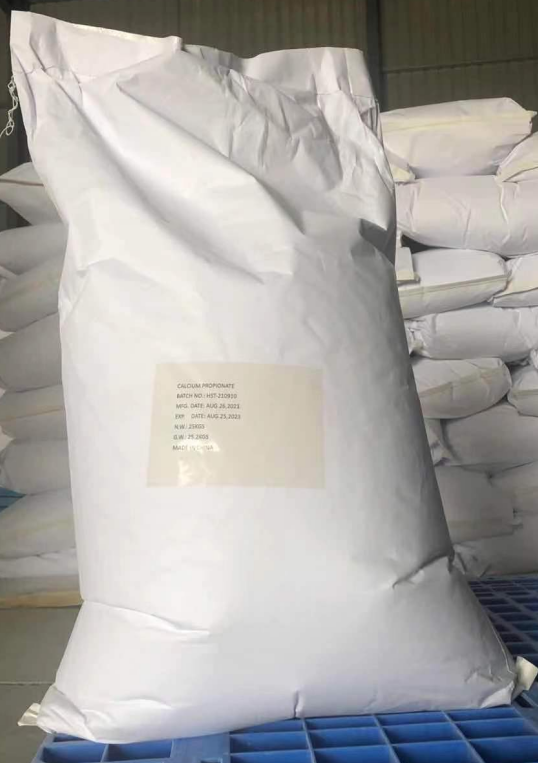Food(Feed) Additives
Feed Additive
Additives For Food Packaging
Colorant
Stabilizer and Coagulator
Water Retention Agent
Feed Deworming Health Agents
Anti Corrosion and Preservation
Color Fixative
Flour Treatment Agent
Defoamer
Coating Agent
Feed Vitamins
Emulsifier
Other Food Additives
Nutritional Fortifier
Thickening Agent
Feed Quality Enhancer
Antioxidants
Chewing Gum Bases
Bulking Agent
Feed Amino Acids and Small Peptides
Flavor Enhancer
Sweeteners
Additives For Feed Preservation
Other Feed Additives
Food Additive
Bleaching Agents
Anticaking Agent
Food Flavors and Fragrances
Enzyme Preparation
Feed Trace Elements
Acidity Regulators
Feed Growth Promoters
Feed Conditioner
Find
651
related chemicals for you
CAS:7048-04-6
Molecular Formula:C3H10ClNO3S
Alias
More Information
Cysteine Hydrochloride; L-Cysteine Monohydrate Hydrochloride; Trans-(1R,2S)-2-Aminocyclopentanol Hydrochloride; D,L-Cysteine Hydrochloride Monohydrate; D,L-Cis-2-Aminocyclopentanol-Hydrochlorid; L-Cysteine Hcl Monohydrate; L-(+)-Cysteine Hydrochloride Hydrate; (1R,2S)-2-Aminocyclopentan-1-Ol Hydrochloride; (1R,2S)-Cis-2-Aminocyclopentanol Hydrochloride; L-Cysteinehydrochloridemonohydrate; L-Cysteine Monohydrochloride Monohydrate; (R)-Cysteine Hydrochloride Monohydrate; (+-)-Cis-2-Amino-Cyclopentanol,Hydrochloride
Brief Introduction
Cysteine hydrochloride is soluble in water and can be quickly absorbed by human body when it is made into injection or tablet. It is the main raw material for the production of carboxymethyl cysteine and acetylcysteine; It is bread improver; Nutritional supplements, antioxidants, color protectants. It has the function of detoxification, prevention of radiation injury, treatment of tracheitis and expectoration.
Suppliers
View More Vendors (6) >
Alias
More Information
N-Butanol; Normal Butanol; Butan-1-Ol; N-Butyl Alcohol; Butan Alcohol; Butanol-1; N-Butul Alcohol; 1-Butyl Alcohol; Butylowy Alkohol; Butanol; Butyl Alcohol
Brief Introduction
This product is used as chromatographic reagent and also for organic synthesis. It is a permitted edible spice. It is mainly used for making banana, cream, whisky and cheese. It is also used as solvent and pigment diluent for extraction.
Suppliers
View More Vendors (5) >
CAS:621-82-9
Molecular Formula:C9H8O2
Alias
More Information
2-Propenoicacid, 3-Phenyl-; 3-Phenylacrylic Acid; Trans-Cinnamic Acid; 3-Phenylpropenoic Acid; Phenylacrylic Acid; (E)-Cinnamic Acid; Trans-3-Phenylacrylic Acid
Brief Introduction
Cinnamic acid is a monocarboxylic acid that consists of acrylic acid bearing a phenyl substituent at the 3-position. It is found in Cinnamomum cassia. It has a role as a plant metabolite. It is a member of styrenes and a member of cinnamic acids. It is a conjugate acid of a cinnamate.
Suppliers
View More Vendors (4) >
CAS:868-14-4
Molecular Formula:C4H5KO6
Alias
More Information
L(+)-Potassium Hydrogen Tartrate; L-(+)-Tartaric Acid Monopotassium Salt; Potassium Hydrogen Tartrate; Potassium L-Tartrate Monobasic; Potassium Hydrogen L-Tartrat Tartaric Acid Monopotassium Salt; Potassium Hydrogen L-Tartrate Tartaric Acid Monopotassium Salt
Brief Introduction
Potassium hydrogen tartrate can be used as analytical reagent, developer, reducing agent and bacterial inhibitor to make baking powder, diuretic and defecatory drugs, and to make tartrate. Potassium hydrogen tartrate is used to make baking powder, diuretic and defecatory drugs, and to make tartrate.
Suppliers
View More Vendors (4) >
CAS:137-40-6
Molecular Formula:C3H5NaO2
Alias
More Information
Bioban-S; Propionate Sodium Salt; Propanoic Acid, Sodium Salt; Mycoban; Keenate; Sodium N-Propionate; Propionic Acid Sodium Salt; Spac; Propisol; Impedex; Deketon; Whit-Pro; Propion; Napropion; Sodiumpropanoate
Brief Introduction
Sodium propionate is an acid preservative, and its antibacterial effect is affected by pH. The mic was 0.01% at pH5.0 and 0.5% at pH6.5. In acidic medium, it has strong inhibitory effect on all kinds of mold, aerobic Bacillus or Gram-negative bacilli. It is effective to prevent the production of aflatoxin, but almost ineffective to yeast. As a preservative, sodium propionate is mainly used in food, feed and cosmetics. Sodium propionate is used as a masking agent in leather making to improve the alkali resistance and tanning uniformity of leather.
Suppliers
View More Vendors (4) >
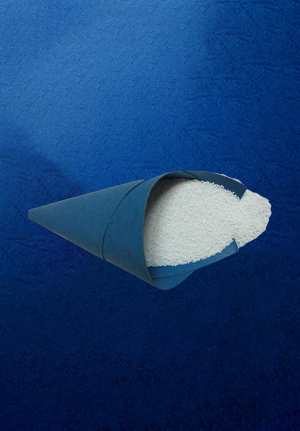
FAQ--WHO 1995; 99.0%
/
Food Grade
25kg
/
Paper Bag
Inquiry (
10
/ 10
)
Clear All
You can inquire for up to 10 products at a time
Sign In
Error!

